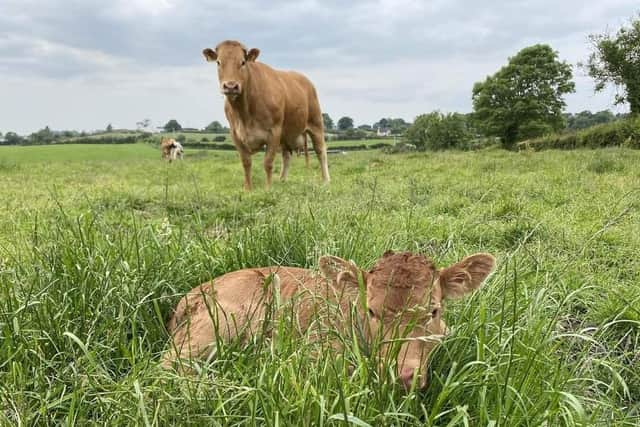‘Significant outbreaks’ of BVD on several farms in County Armagh
and live on Freeview channel 276
Several farms in the Markethill, Keady and Killylea areas have experienced recent outbreaks, with over 70 initial positive results being returned in six herds, after ear tagging of calves this year.
Farmers are urged to take steps to prevent livestock contacting neighbouring cattle at boundaries, as the virus may be circulating in herds and thus present a risk.
Advertisement
Advertisement
Animal Health and Welfare NI, responsible for the delivery of the Northern Ireland Bovine Viral Diarrhoea Eradication Scheme, is issuing BVD Alert SMS messages to farmers in the significantly affected postcode areas.


The rolling 12-month animal level incidence of BVD reached an all-time low point for the programme of 0.29 per cent in February 2021.
However, a subsequent upturn in incidence has resulted in the figure at the end of April 2022 being 0.34 per cent.
Since the start of 2022, 0.77 per cent of animals tested in dairy herds in the Armagh DVO area have returned initial positive or inconclusive results, which is over two and a half times the average disclosure rate across dairy herds in NI.
Advertisement
Advertisement
Across all cattle herd types, the Armagh DVO area has the highest animal level of disease this year, at 0.69 per cent, over twice the average level.
An AHWNI spokesperson stated: “During the grazing season, it is very important to keep cattle, including youngstock, away from cattle in other herds.
“Every effort should be taken to avoid contacts, by having either double or electric fencing, or by managing grazing alternately in conjunction with neighbouring farmers, especially when cattle are grazing aftermath and field edges after silage making.”
The occurrence of some of the latest BVD outbreaks may be linked to the introduction of purchased stock to the herd.
Advertisement
Advertisement
“To reduce the risks involved when cattle are purchased, sellers should be asked whether BVD has been present in their herd during the previous year and at what stage any positives were removed,” they continued.
“Owners of BVD positive cattle are being asked not to move or sell cattle until at least three weeks have elapsed from when the last BVD positive bovine animal was culled.
“Cows or heifers that were within the first four months of pregnancy at the time when the positive animal was present, should not be sold on unless appropriate isolation measures have been put in place and additional BVD antibody tests carried out by the farm’s private vet.”
In several recent cases, BVD positive calves were alive in the herd last year during the period in which the dams of this year’s BVD positive calves were susceptible to the BVD virus, so the source of this year’s outbreak is most likely last year’s infectious calves.
Advertisement
Advertisement
The spokesperson added: “These cases are a reminder of the importance of isolating and culling BVD Persistently Infected cattle at the earliest opportunity, and being careful to carry out thorough cleaning and disinfection of areas that could be contaminated with the virus.”